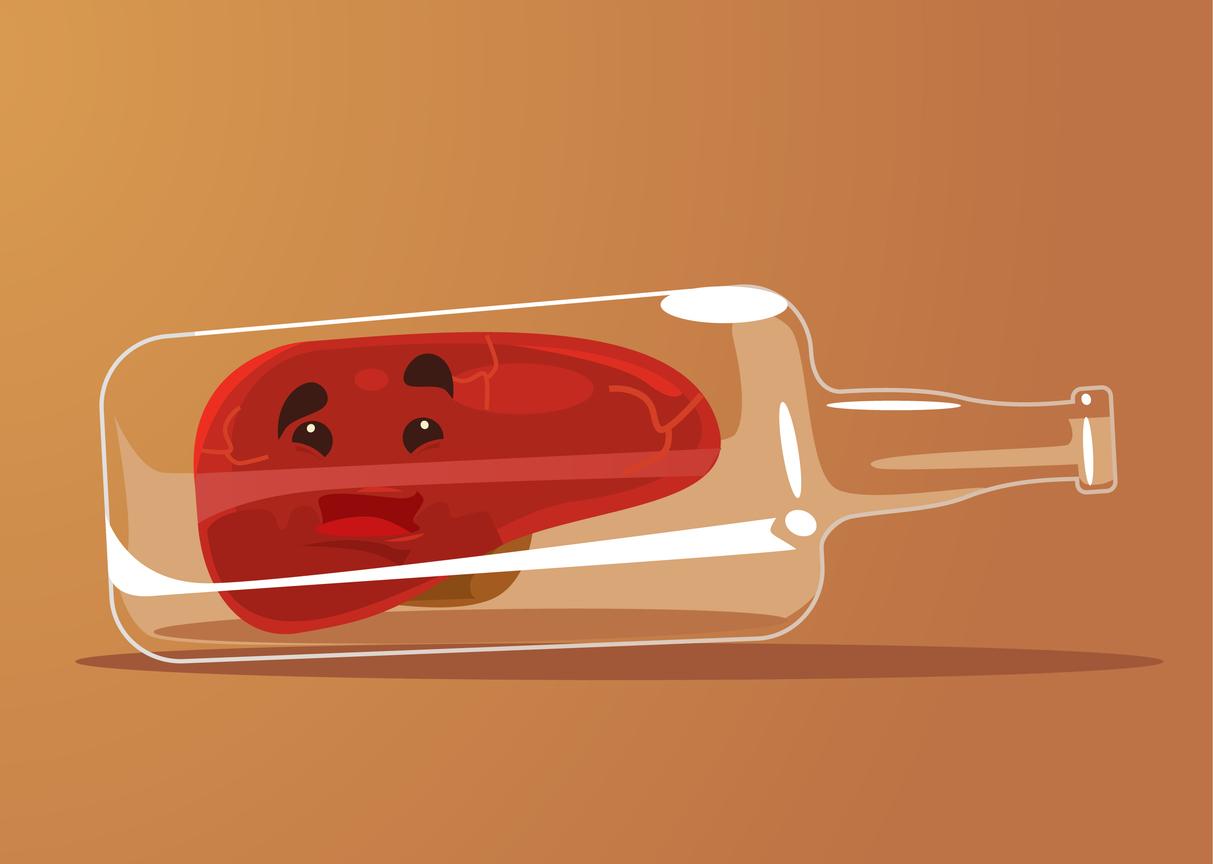In case of stress, a mechanism is triggered in the liver: it causes the production of glucose. This increase in blood sugar levels increases the risk of diabetes and obesity.

- Sympathetic nerves in the liver can trigger glucose production under physiological stress.
- This could contribute to the development of diseases such as diabetes or obesity.
- This could have implications in certain pathologies, which disrupt the sympathetic nervous system, such as high blood pressure.
Stress is bad for your health. A study by the São Paulo Research Foundation confirms this once again. In the specialist journal Metabolismits authors show that stress triggers a reaction in the liver, which leads to the production of glucose. This could contribute to the development of certain pathologies.
Stress: what mechanisms are triggered in the liver?
This scientific work was carried out through tests on mice. The researchers used a technique called 3DISCO, a method that makes biological samples transparent using organic solvents and produces a 3D image with the nerves clearly visible. This allowed them to observe the morphology of the sympathetic nerves in the liver and how they control glucose production when the body is under stress.This process is known as hepatic gluconeogenesis.they specify. This is a key metabolic function of the liver that helps maintain normal blood sugar levels, especially during periods of fasting and high energy needs.”
In the 3D images, the Brazilian scientists analyzed the effects of cold on the nerves: exposure to these low temperatures triggered a physiological phenomenon to bring glucose to the muscles and keep the body warm. Then, the scientists genetically modified the mice, including removing the nerves from the liver.In these cases, gluconeogenesis did not occur in response to cold, they reveal. In other words, mice without nerves or the CREB co-activator were unable to produce glucose in response to stress. These findings added a new element to the science of gluconeogenesis..”

Better understanding liver physiology to better understand obesity and diabetes
For the authors, this analysis of mechanisms is essential to better understand the disturbances of physiological processes that lead to metabolic diseases such as diabetes and obesity.The originality of our study lies in showing that the central nervous system, via the sympathetic nerves, can control the CREB protein and activate the production of glucose by the liver if additional energy is needed, “summarizes Luiz Carlos Navegantes, professor in the Department of Physiology of the Faculty of Medicine of Ribeirão Preto of the University of São Paulo (FMRP-USP) and author of the article. We describe the anatomy of liver innervation using a methodology never used before in Brazil“They believe that the results of their work open up new research perspectives. They are thinking in particular of pathologies which lead to alterations of the sympathetic nervous system, such as high blood pressure and fatty liver disease, also called fatty liver disease.

















